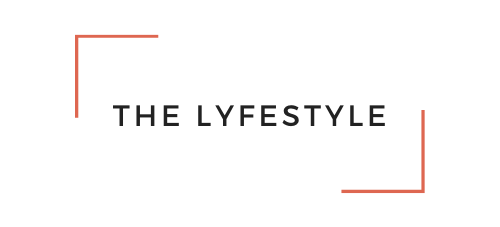When was the last time you looked in the mirror and said “Gosh, I need to straighten my back a little” or “Oh my neck hurts!”? Do you suffer from low back pain? What about upper back pain? Sore and tight shoulders? Your knees hurt when you walk for more than 10 to 15 minutes? All these are daily pain patterns experienced by most of us on a daily basis.
Well, this where my expertise comes into play, I help my clients correct postural imbalances and correct movement compensations. I take my clients through a process of correcting their muscular imbalances leading them to improving their overall appearance. Correcting one’s posture not only leads to improved mood and confidence but also improves your overall health and well being.
Many people do not realize the impact that their daily habits and movement patterns have on their posture, muscular system, and myofascial system. Remember the last time you got up and left your desk for a quick stretch? Well, most folks do not realize that our daily movement patterns and habits dictate our current posture. Posture is extremely important. For example, poor posture can result in eyestrain leading to poor eyesight.
What happens during a typical corrective exercise session?
So you decide to hire me as your personal corrective exercise trainer, during the initial consultation session together, I will ask certain type of questions that help understand what a typical day looks like for you. Its very important for me to understand and be aware of my client’s daily routine, their movement patterns, and habits. I start with asking about their job, work duties and responsibilities, what do they do for during their work shift, how often do they take breaks, change their position from seated to standing to movement. All of these are important questions that will help the corrective exercise professional to design an effective program that will target and correct the compensations and deviations.
For example, a client who spends their day sitting at a desk most of the time are expected to have rounded shoulders, and a forward head. In addition, sitting for prolonged hours can lead to tight hip flexors, weakened core musculature, and create an anterior pelvic tilt postural deviation .
What next?
Leading on with the client that sat all day behind a desk and worked away on a PC. Instantly, as a corrective exercise professional I recognize what possible postural deviations or muscle imbalances my client may have. Later, in our physical assessment session, I take the client through a series of appropriate physical assessments to confirm and pinpoint postural deviations and movement compensations. Some clients may have more pronounced deviations and compensations. Other clients may be really good at hiding their postural deviations and compensations. A well-trained corrective exercise professional has a keen and sharp eye and is able to immediately recognize the postural deviations and compensations.
Can they be corrected?
Luckily, yes! Once the initial assessments are completed, the corrective exercise professional will create an effective program that revolves around working on the muscular system and the myofascial system on both an intramuscular and intermuscular level. An effective program will ensure the following: releasing overused and tight muscles, strengthening, or activating weakened muscles and lengthened muscles which is then followed by a series of integrated exercises. The anticipated outcome of an effective program is to restore the client’s ideal posture and ideal movement patterns.
What should the Client expect?
The client is simply expected to follow the program created by their corrective exercise professional. A program is schedule and tailored to the client’s liking and daily routine. This is all discussed in the initial consultation sessions prior to program design. A typical corrective exercise program can be performed anywhere between 3 to 7 days a week for a minimum of 15 – 60 minutes with gradual progression over the weeks. In addition, the professional and the client will talk about what new daily habits they can introduce or change in order to optimize their posture and avoid contributing to further poor posture and movement compensation. For example, as simple as stretching for 5 to 10 minutes every 25 to 30 mins intervals. Taking a short walk around the office or stepping outside for a quick breath of air and a short walk can go a long way.
How long before I can see results?
I know what some of you may be thinking, how long does it take to correct these postural deviations and movement compensations? Believe it or not, you should see results immediately after a corrective exercise session. An effective corrective exercise program should elicit immediate pain relief if there was pain, relaxation of the muscles, and corrected movement pattern.
Nevertheless, to help the body maintain these corrections, a client is prescribed to follow the corrective exercise program for at least 4 weeks before a re-assessment is re-administered to check the client’s progress and may be adjusted and followed for another 4 to 8 weeks. Hence in total, a client is looking at 4 – 12 weeks for optimal results.
Conclusion
In summary, I briefly touched upon corrective exercise from a corrective exercise specialist’s perspective and what should the client expect if they decide to hire one. I did not cover specifics of corrective exercise program. However, I intend to talk more about those specifics in more detail in my next blog post. Stay tuned! Until next time, stay healthy and keep moving!
ABOUT THE AUTHOR
Abdurahman is a NAIT Personal Fitness Trainer, expected to graduate next Fall. Abe is also a certified NASM corrective exercise specialist. His passion and love for sports and exercise has led him down a path of discovery. Abe also has an online coaching platform where he trains his clients virtually.
Connect with me! https://www.instagram.com/aber_fitness/









